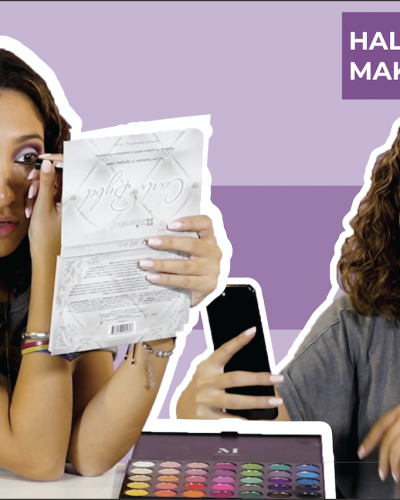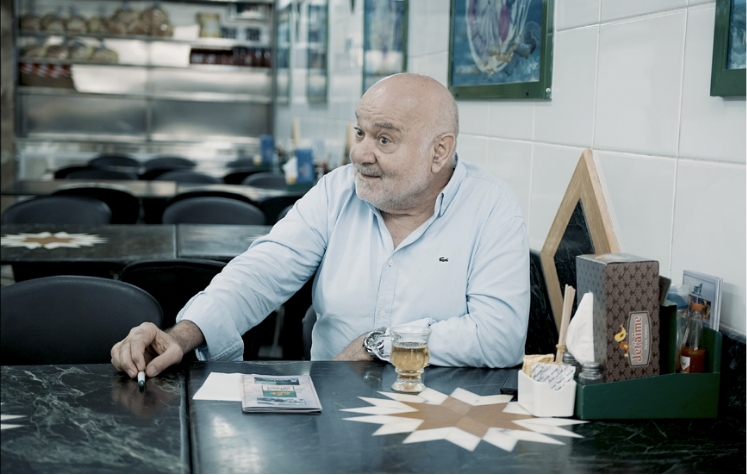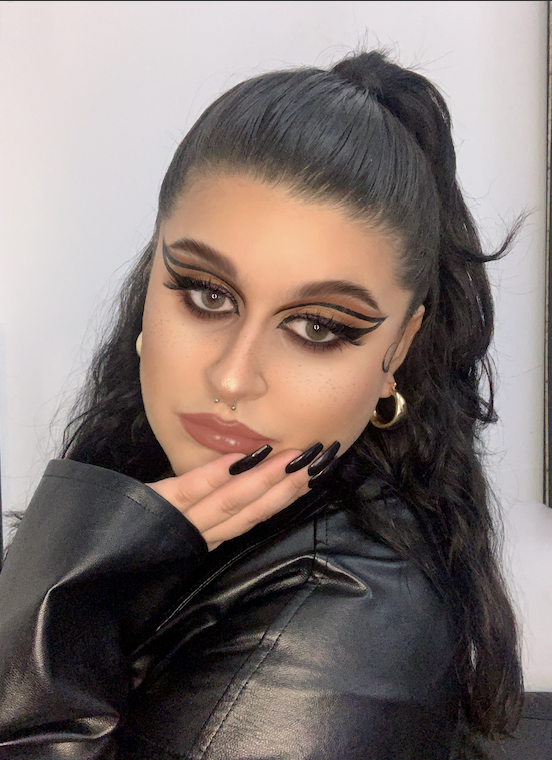You Will Defs Like these too
Life Video of The Day

Rund's Halloween Makeup TutorialOct.27.2020
New at The Modern East
Sign Up To Our Newsletter
[ninja_forms_display_form id=20]

Earlier this year, I found myself the only person of color at a press event about inclusivity. I couldn’t understand how a company could speak about diversity, yet the attendees in the room were not representative of that. That day I began to look at inclusivity in the beauty industry very differently. I also had to question how authentic some brands were in their efforts.
While new beauty products are launching every day, inclusivity seems to be the biggest trend in the beauty industry. Many people attribute this conversation on inclusivity to brands like Fenty Beauty, proving that when you create products that all women can wear, your brand can prosper. By success, we don’t just mean sales. We mean creating a brand that people love because they see themselves represented in everything that the brand puts out. Although Fenty Beauty sold out of most shades of their initial 40 shade foundation in 2017, the message that this sent to the beauty industry was what was most important. Inclusivity is non-negotiable.
View this post on InstagramA post shared by FENTY BEAUTY BY RIHANNA (@fentybeauty) on
Namely how wide a shade range is (the standard in which is slowly growing to 40 shades thanks to brands like Fenty Beauty). However, inclusion in beauty is much more than the products itself. It’s about the overall messaging that a brand is putting out and ensuring voices of different races, religions, and creeds are represented through every aspect of a brand. With so many brands pushing inclusion to the forefront—even those who have historically ignored women of color—shade range only touches the surface of a problem that is more than skin deep.
Marketing in the beauty industry has always been an interesting concept. Until recently, many beauty ads and campaigns haven’t been a true reflection of the everyday woman. Instead, they consisted of images of a “standard of beauty” that was unrealistic and in most cases, unattainable. Today, brands have changed how they market to consumers by enlisting everyday people that have large platforms (influencers) to spread the brand’s message and promote products.
View this post on InstagramA post shared by FENTY BEAUTY BY RIHANNA (@fentybeauty) on
Influencers of color don’t have the same access to campaigns and opportunities as their white counterparts. The only difference between now and the pre-influencer days is that these independent marketers have the power to speak up about it through their platforms. This forces brands to shape up their inclusivity efforts. Luckily, it’s getting harder for brands to do the bare minimum and get away with it.
Social Media is a strong driving force when it comes to messaging in the beauty industry. Many brands use social media to have two-way conversations with consumers. Unfortunately, there are too many brands preaching inclusion that have notoriously ignored people of color. A quick stroll down their Instagram timeline tells it all. Social media allows a brand to create an identity to relate to customers. When you scroll down pages like Fenty Beauty, it’s inspiring to see women of all shapes, sizes and, shades represented. Whether they’re rocking their natural curls or slaying in a hijab, it is easy to recognize that Fenty Beauty is authentic in its inclusion efforts. Their social media pages are a direct reflection of this.
There are too many brands that claim to cater to people of color, yet don’t hire POC. Brands like Fenty flourish because they hire diverse groups of people that can connect with similarly diverse consumers. It seems crazy to enlist people who aren’t affected by a lack of inclusion to solve the problem. When a brands messaging and image don’t align with the people that they allow making crucial decisions behind the scenes, it shows.
Many makeup enthusiasts get excited when I hear about brands creating shade ranges that suit all skin tones. However, we must remember that inclusion isn’t just about shades. It about how a brand values representation and diversity at every level of its business. I hope that inclusivity becomes a key part of all global beauty efforts.

